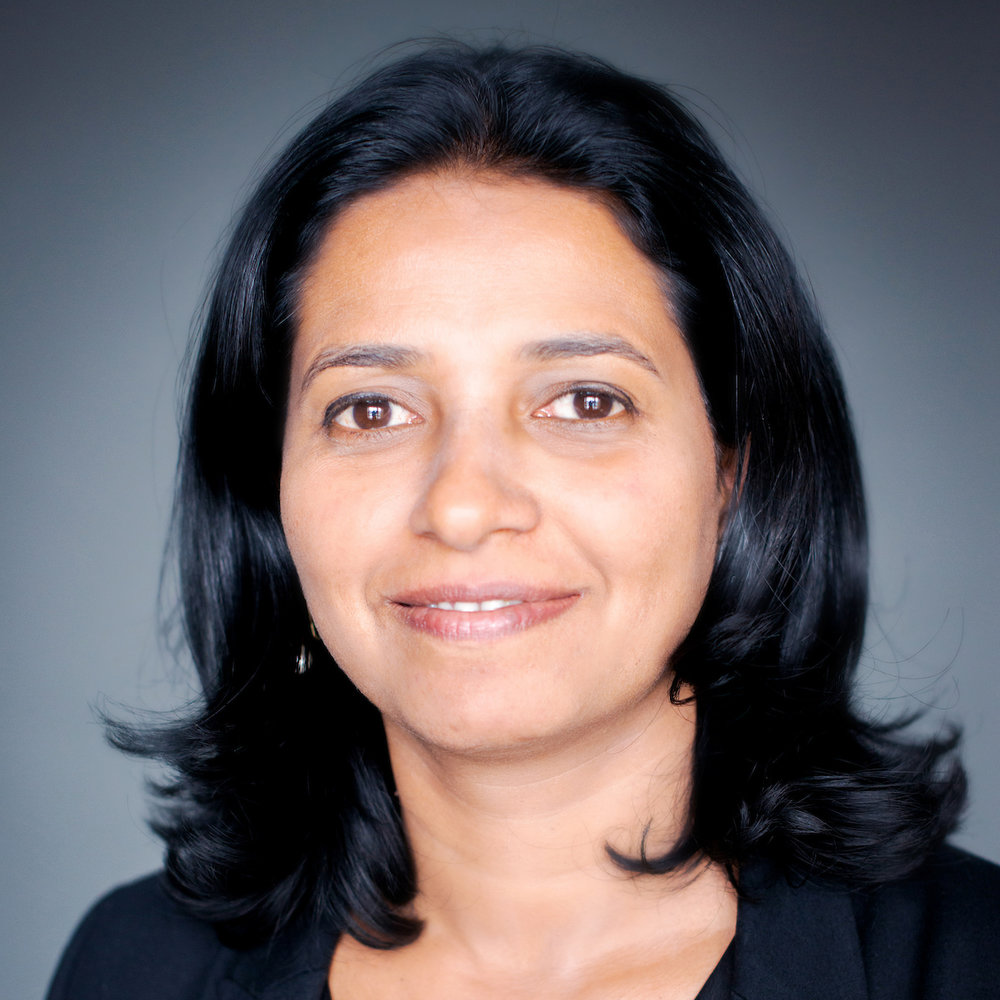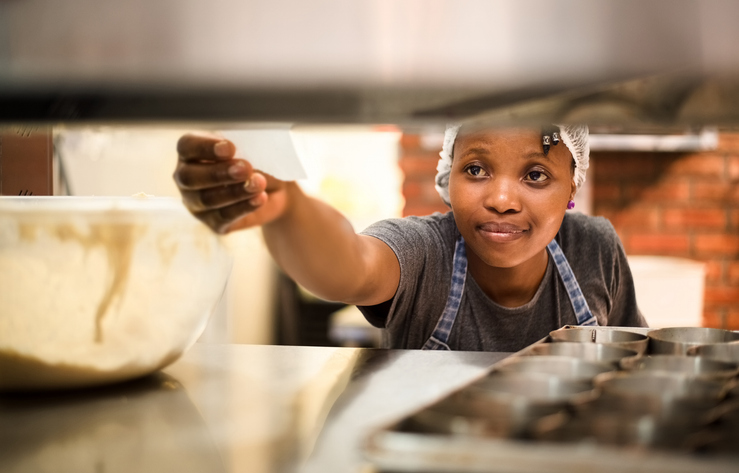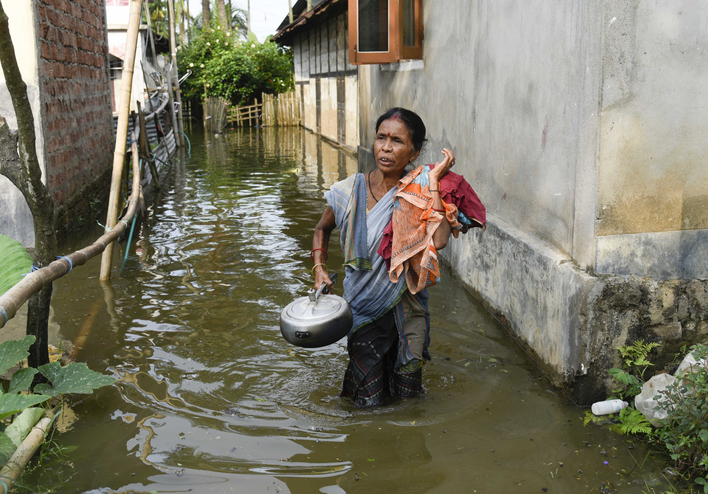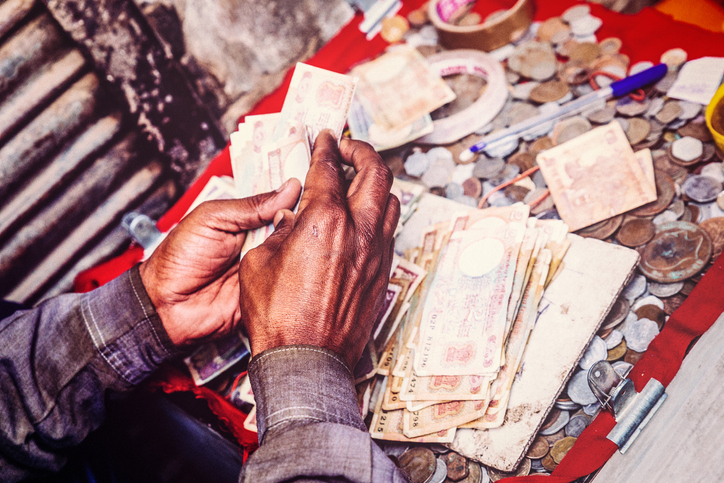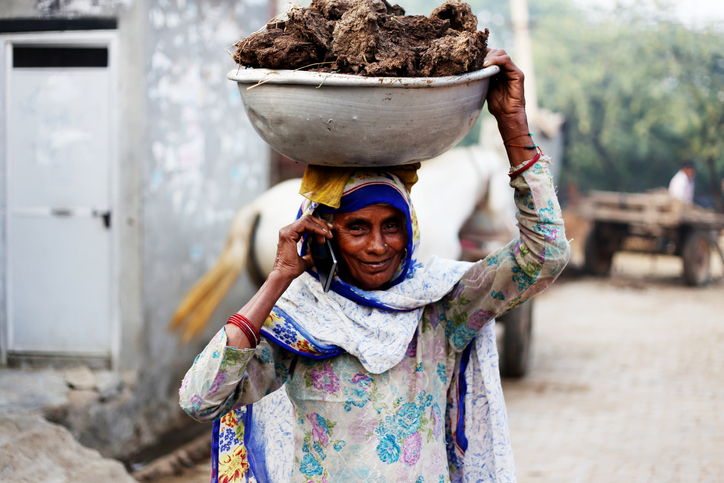How can research contribute to the practical provision of essential services in developing countries? This column reports on the work of a non-profit organization in India that works with families whose children have developmental disabilities. Families of daughters with disabilities mostly lack understanding of the early intervention that their children need, and they face challenges of distance and poor infrastructure in accessing care. At the same time, they take a positive approach to surmounting these challenges.
One billion people around the world live with disabilities – and as a recent report by the London School of Tropical Medicine and Hygiene shows, the highest prevalence of children with all disabilities is found in South Asia. India has the highest number of affected children for all disabilities except for ‘attention deficit hyperactivity disorder’, which is mostly seen in China.
Our organization, which is based in the foothills of the Indian Himalayas in Doon valley, has been working with families whose children have developmental disabilities for more than two decades. Considered one of India’s leading disability organizations, we figure prominently on policy platforms and advocacy drives, set the blueprint for early intervention services, and have supported organizations working with children with disabilities.
After two decades of program implementation and service provision, we initiated implementation research two years ago, with a focus on ‘research to inform practice’.
As the organization’s program lead, my time is divided between program implementation and implementation research. The latter involves significant juggling of staff times, adjusting staff-parent interactions so that an optimum of valuable resources are used, and always trying to ensure that research is not made a priority over the delivery of services themselves.
As someone who has often wondered how to make sense of data in a way that can inform practice, convincing an organization immersed in practice to stop, reflect, and reboot (one of the ways being researched) has been a challenge. Developing a dedicated team, building research capacity among staff, and investing energy in explorative practices to reflect on the quality and effectiveness of services are all extremely difficult in busy non-profits.
Staff training for research and investing time to collect, collate, and analyze data are often postponed for better-funded times when there is more staff time, or by a demand to show instantly that research has an immediate and direct impact on services.
Despite these challenges, due to immense support from the leadership who recognizes the need for research and its practical implications, the pace of the program is gradually picking up. Recognizing that funding proposals, financial priorities, resource allocation, and project planning could all be informed by data and research in small non-profits, a decision has been made to invest in proper research practices.
Our most recent project has examined data to understand the gender ratio concerning access and use of services for disability among young boys and girls with disabilities. While it is widely known that developmental disabilities are more common in boys, we firmly believe that girls with disabilities are more numerous than we think and that they do not have access to services for the disability as per their needs.
Parents of a child with a developmental disability are faced with concerns about how other family members will perceive their child. Mothers of children with intellectual disabilities, for example, are often blamed for their child’s behavior, and teachers and community health workers sometimes perceive the disability as the parents’ doing.
While the culture around developmental disabilities does seem to be improving, much of it is visible in urban spaces where professionally qualified experts are clustered. Support for families with a child with a disability in rural India has a long way to go and needs a commitment by the government and not just non-profits like ours.
Research that explores disability and gender is limited in India. Data from the organization reveal that a higher percentage of girls and young women come for an initial assessment, but do not return to use intervention services once a diagnosis has been made.
To understand these families’ decisions not to access intervention services for their children, and how gender norms may play a role, we obtained consent from 24 families to participate in a home-based interview. The intention was to understand perceptions, decision-making, impacts of disability, and future expectations from parents of young girls with developmental disabilities, all taking account of the influence of gender. All their daughters had been assessed with a developmental disability, were aged 3-11, and are currently living in and around Dehradun.
The results show the families’ lack of knowledge about the disability and their lack of understanding about the urgency of early intervention. But they also show their keen interest in doing everything possible for their daughters within the limitations of remote locations, lack of available transport, family structures that prevent use, and an overall tendency to defer seeking services.
All the families report significant concern for their daughter with a disability and had a positive approach to the challenges they faced, although they had difficulties physically accessing services. These findings challenge the predominant dialogue around the intersection between gender and disability in the region, which conveys a double disadvantage.
While our research does not reject the existence of prejudices against young women and people with disabilities in India, it brings a warm spark to disability research in this context, suggesting a possible positive shift that is less commonly reported. We were surprised to be told by all the parents that they would have done more if they could, but nothing less for their daughter with a disability. Without exception, the parents were inspired to do the best they could, despite the challenges of living in remote locations far from services.
While our sample is limited, the narrative could challenge the negativity that surrounds disability and young women in India. This warrants further investigation into how the culture surrounding perceptions of gender and disability are changing, and how access to intervention services can be extended.
The majority of the interviewed families are currently accessing follow-up intervention services. Many of the children now have a disability certificate, and girls who were previously at home are now at facilities that could support them with valuable life skills.
The study has helped our organization to strengthen ties with families at the time of initial assessment, so they are not lost to follow-up after the initial meeting. We are initiating telephone calls to stay connected with families before their first follow-up appointment. We are working to strengthen the quality of the intervention and the follow-up programs, and reaching out more within the community, so we understand the practical concerns of families.
We understand that is important to build on this research to understand what factors make the difference in intervention service access, and where the levers of success are amenable to government interventions.
Opening roads to hard-to-reach communities to improve the general wellbeing and to provide access to other social services, such as education, assistance, or employment for children, is an urgent priority. Training parents, creating change leaders among them by encouraging peer-to-peer mentoring and support, and sharing their success with the community are likely to have a tremendous impact on families with a new diagnosis.
We have also decided to take the research agenda forward by building our capacity, organizing research methodology workshops and demystifying research so that all recognize the value in evaluating our work.
It is crucial to build faith among the staff allowing them to see themselves as being able to research and inform their practice better. As a staff that works on the ground and understand the families and children well, we could be a valuable resource for collaborations with academic researchers that choose to test new ideas, tools, and systems that could help support families further.
We are also very motivated to initiate a special incentive plan for girls with disabilities to encourage more families to access and use intervention services. We are all fired up to launch a campaign to bring the access gender ratio to 50:50. We want to go all out to convince girls to enroll for services, regular or periodic, center- or community-based, get certified, and make sure we stay connected to each one of them.
We need to do everything we can to ensure that every child counts. We believe we can make a small contribution towards mitigating impediments to reaching the World Health Organization’s ‘triple billion’ target – one billion more people benefitting from universal health coverage; one billion more people better protected from health emergencies; and one billion more people enjoying better health and wellbeing.
And we hope to walk each other home! That’s our fire.
